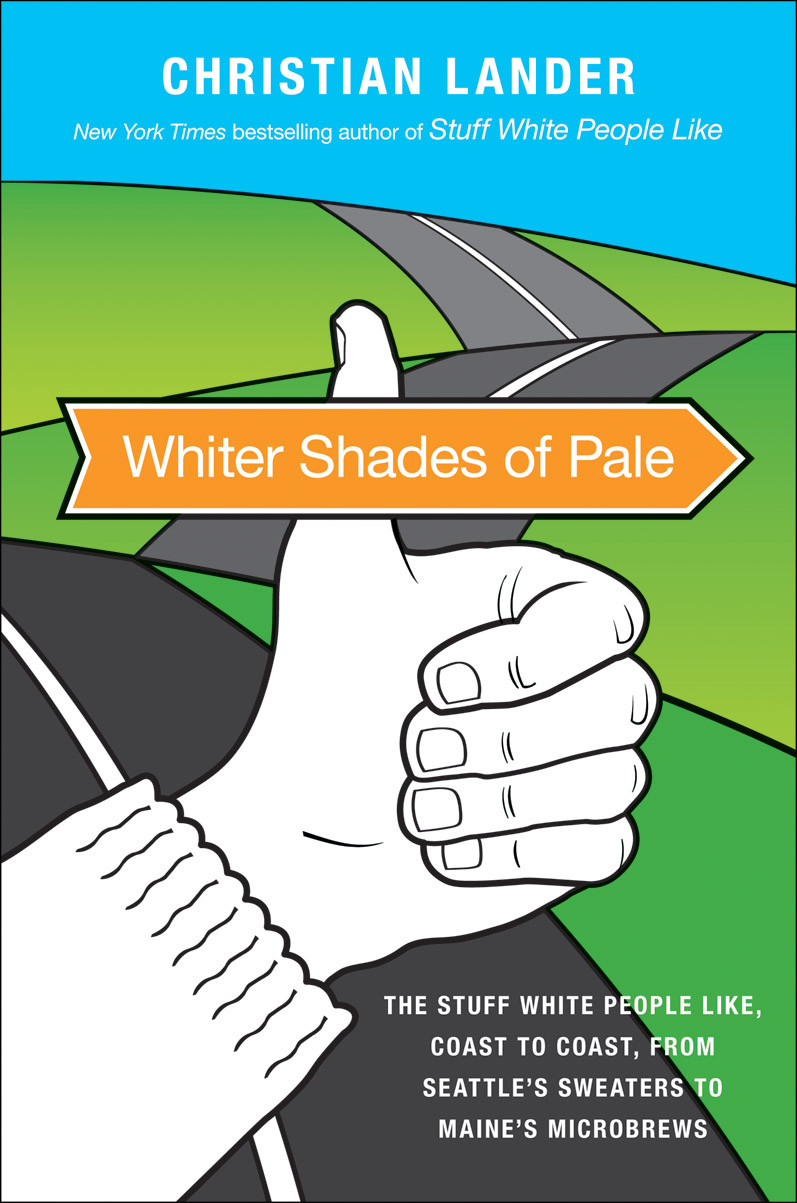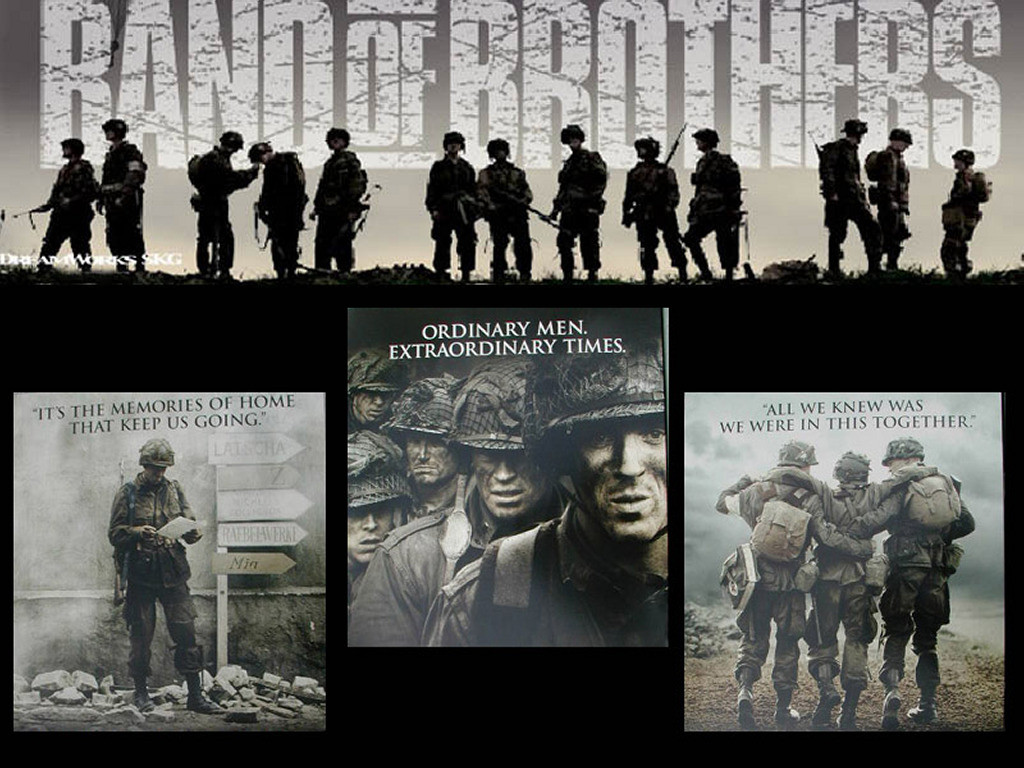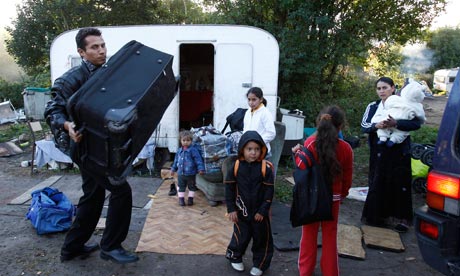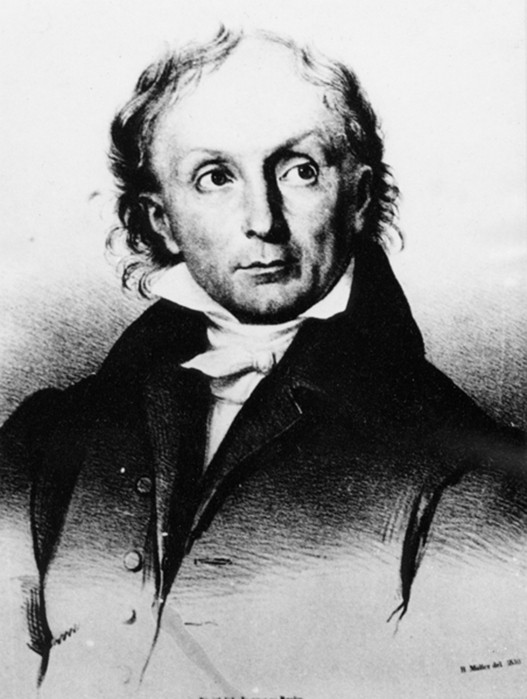The Picower Madoff settlement: A $7.2 Billion Whitewash
On Friday the astonishing news broke that the estate of Jeffrey M. Picower had agreed to cough up $7.2 billion to the liquidator of the Bernard Madoff fraud and the Federal Government. (See Zachary A. Goldfarb, “Madoff investor’s widow to return money,” The Washington Post, Dec. 18, 2010.)
This news was astonishing because the amount — including a $2.2 Million payment to the Feds — was said to be “the largest single forfeiture in American judicial history.” It represents a considerable 35% of the amount thought to have been paid into the Madoff Ponzi scheme, raising the prospect of material compensation to some of the victims. And also because the Picower lawyer had been freely telling the press earlier this year he expected to settle for only $2 billion. All apparently was not well on the Picower legal front in 2010.
What was not astonishing was the rush to present what was in fact proof that Picower was a huge looter of the Madoff victims as evidence of noblesse oblige on the part of his widow, and to cover up what actually happened. CNN reports that
Picower withdrew $7.8 billion from Madoff’s investment firm since the 1970s, even though he only deposited $619 million, according to the trustee. Read more









